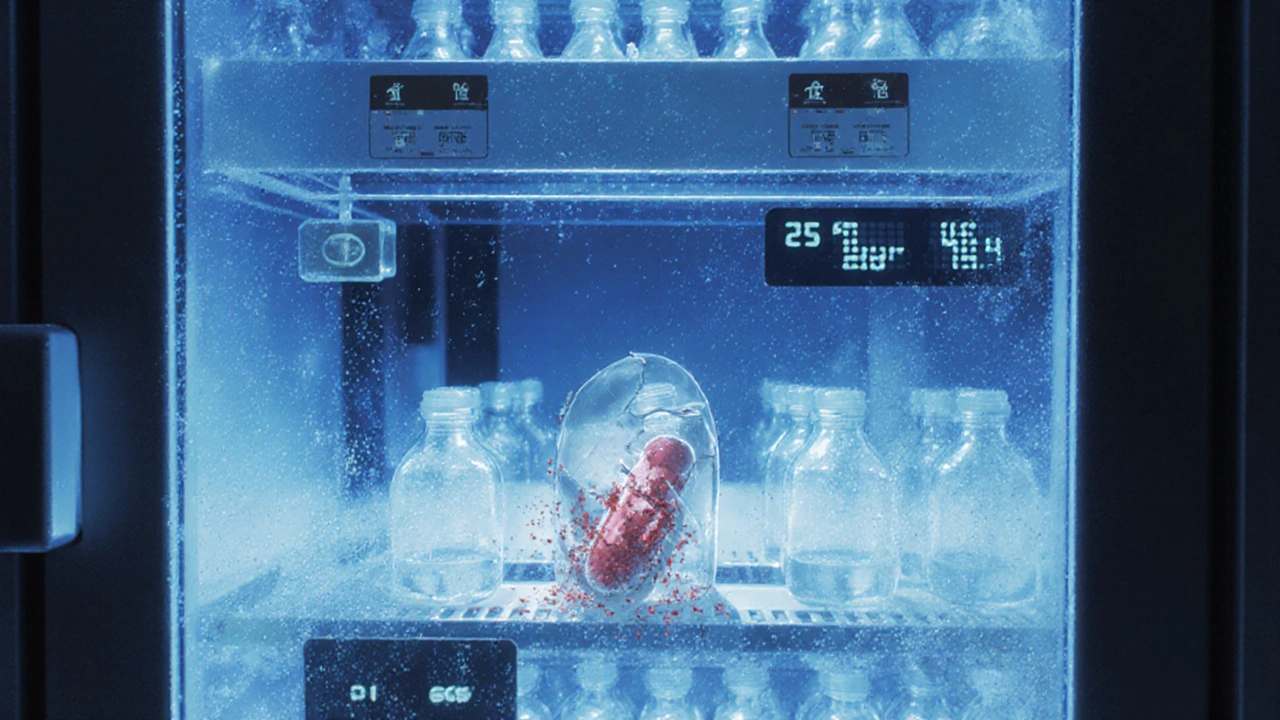Shelf Life: How Long Your Medications Really Last and What Happens When They Expire
When you see an expiration date on your medicine, it’s not just a suggestion—it’s a shelf life, the period during which a medication remains safe, effective, and stable under recommended storage conditions. Also known as drug stability period, it’s the window your doctor, pharmacist, and the FDA rely on to guarantee your treatment works as intended. That date isn’t arbitrary. It’s based on real testing: how the active ingredients break down over time, how moisture or heat affects the formula, and whether the packaging still protects the drug from air and light. Take a simple antibiotic like amoxicillin. Once past its shelf life, it might not kill the bacteria you need it to, turning a treatable infection into something dangerous.
But here’s what most people don’t realize: storage conditions, the environment where you keep your meds, plays a bigger role than the date on the label. Also known as medication storage, it’s the silent factor that can shorten shelf life before the clock even ticks. Keep your insulin in a hot car? It loses potency fast. Leave your eye drops on the bathroom counter near the shower? Humidity turns them useless. Even your medicine cabinet isn’t always safe—bathrooms are the worst place for most pills because of steam and moisture. The real rule? Store most medications in a cool, dry place, away from sunlight. Not the kitchen, not the bathroom, not the glove box. A bedroom drawer or a closet shelf works better.
And what about those old bottles in the back of your cabinet? expired medicines, drugs past their labeled shelf life, don’t suddenly turn toxic—but they often stop working. Also known as out-of-date drugs, they’re not usually harmful, but they’re unreliable. A study by the FDA found that 90% of expired medications still retained at least 90% of their potency years after expiration, but that’s not true for all. Insulin, nitroglycerin, liquid antibiotics, and epinephrine auto-injectors? Those can fail fast. If you’re relying on them for a life-threatening condition, don’t gamble. Throw them out. For other pills, like painkillers or antihistamines, using them a few months past the date might be fine—but only if they look normal (no discoloration, odd smell, or crumbling). If in doubt, toss it. Your health isn’t worth the risk.
What you’ll find in the posts below isn’t just theory. Real cases. Real mistakes. People who took expired blood thinners and ended up in the ER. Others who stored their fertility meds wrong and lost months of treatment. We cover how to read expiration dates, how heat and light destroy drugs, what to do with old prescriptions, and how to tell if your medicine has gone bad. No fluff. Just what you need to keep your meds working—and keep you safe.
Stability Testing: Long-Term Quality Monitoring Post-Manufacture in Pharmaceuticals
Stability testing ensures pharmaceuticals remain safe and effective over time. Learn how real-time monitoring under controlled conditions prevents degradation, recalls, and patient harm-backed by ICH guidelines and real industry data.
learn more